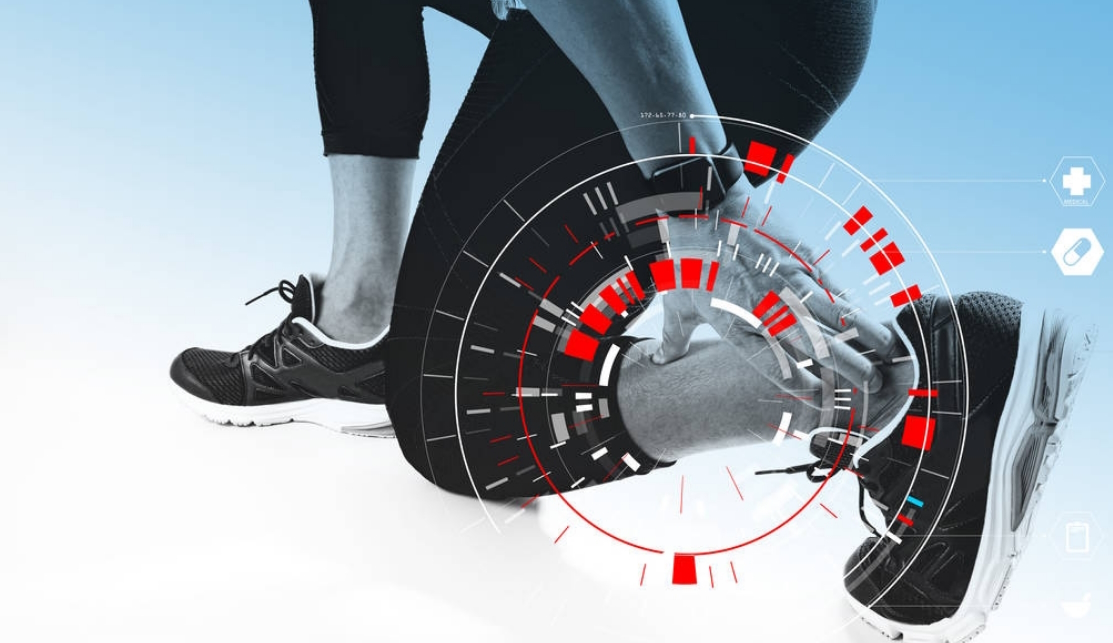Achieve Top Safety Standards with Medical Footwear
- Written by NewsServices.com

Medical footwear is an important part of any healthcare professional's uniform. It not only provides a safe, comfortable, and protective environment for the wearer but also helps to reduce the risk of falls, slips, and trips in medical settings. Properly fitted medical footwear can help to prevent potential hazards and provide support during long hours of standing or walking. This introduction will discuss the importance of medical footwear, its types, and how to purchase the right kind for your needs.
Types of Medical Footwear
Medical foot wear comes in a variety of types, each designed to meet the needs of different medical professionals. From clogs and slip-on shoes to sandals and boots, there is a type of medical footwear for every profession. Here is an overview of the most popular types of medical footwear available:
Clogs: Clogs are among the most common types of medical footwear. They provide excellent support and stability for those on their feet all day long, which makes them ideal for nurses, doctors, healthcare workers, lab technicians, and other professionals who need comfortable yet durable shoes. Clogs also come with a variety of features such as slip-resistant soles and arch supports that help reduces foot fatigue.
Slip-On Shoes: Slip-on shoes are another popular option when it comes to medical footwear. These lightweight shoes are easy to get on and off while providing superior support throughout your workday. They also come with features like anti-slip soles that keep you safe while moving around the hospital or clinic floor during busy shifts.
Sandals: Sandals are perfect for those who want something more breathable than traditional closed-toe shoes but still need strong arch support throughout their shift.
Benefits of Wearing Medical Footwear
When it comes to our feet, health is essential. Our feet are one of the most important parts of our body and need proper care and attention. Wearing medical footwear can help keep your feet healthy and provide you with many benefits.
Medical footwear, also known as therapeutic shoes, are designed to provide comfort, support, and protection for patients suffering from foot-related conditions such as diabetes or arthritis. The shoes have a wide range of features that cater specifically to those with special foot needs, including cushioning soles that offer extra shock absorption; removable insoles which allow the patient to customize their own level of comfort; and supportive heels which reduce pressure on certain areas of the foot. Additionally, some styles come with additional features such as breathable linings or waterproof materials to ensure maximum dryness and warmth when needed.
The main benefit of wearing medical footwear is improved overall foot health. By providing greater stability while walking or standing, medical shoes can help reduce pain in the lower back and joints due to misalignment caused by ill-fitting or uncomfortable regular shoes. They also feature arch support for those who suffer from flat feet or high arches, helping to ease discomfort associated with this condition over time.
Care and Maintenance Tips for Medical Footwear
As a medical professional, having the right type of footwear is essential to keep you safe and comfortable while on the job. Proper medical footwear should provide adequate grip, cushioning, and support for long hours in a hospital or other healthcare setting. In order to ensure that your medical footwear remains in top condition and continues to provide optimal performance, it is important to follow proper care and maintenance guidelines. Here are some simple tips for keeping your medical shoes looking good as new:
- Clean Regularly- Wipe down your shoes with a clean cloth after each wear to remove any dirt or dust particles that may have gathered on the surface of the shoe. For leather shoes, use specialized leather cleaner along with a damp cloth for the best results.
- Use Protective Sprays- Protecting your shoes from liquids (including water) will help them last longer and keep them looking their best. Look for protective sprays specifically designed for use on leather or suede materials if you have either type of shoe material.
- Condition Periodically- If you wear leather shoes often, condition them every few months with a quality shoe polish or cream specifically designed for use on leather materials; this will help prevent cracking over time due to wear and tear as well as sun exposure.
Conclusion
Medical footwear is an important part of any medical professional's wardrobe. It provides protection, comfort, and support to help ensure the safety and well-being of the wearer. Medical footwear also helps to protect against slips, trips and falls in healthcare settings. With the variety of styles, colors, and materials available on the market today, medical professionals can find a pair of shoes that meets their needs for comfort as well as protection. Investing in quality medical footwear is essential for those working in a medical setting.





